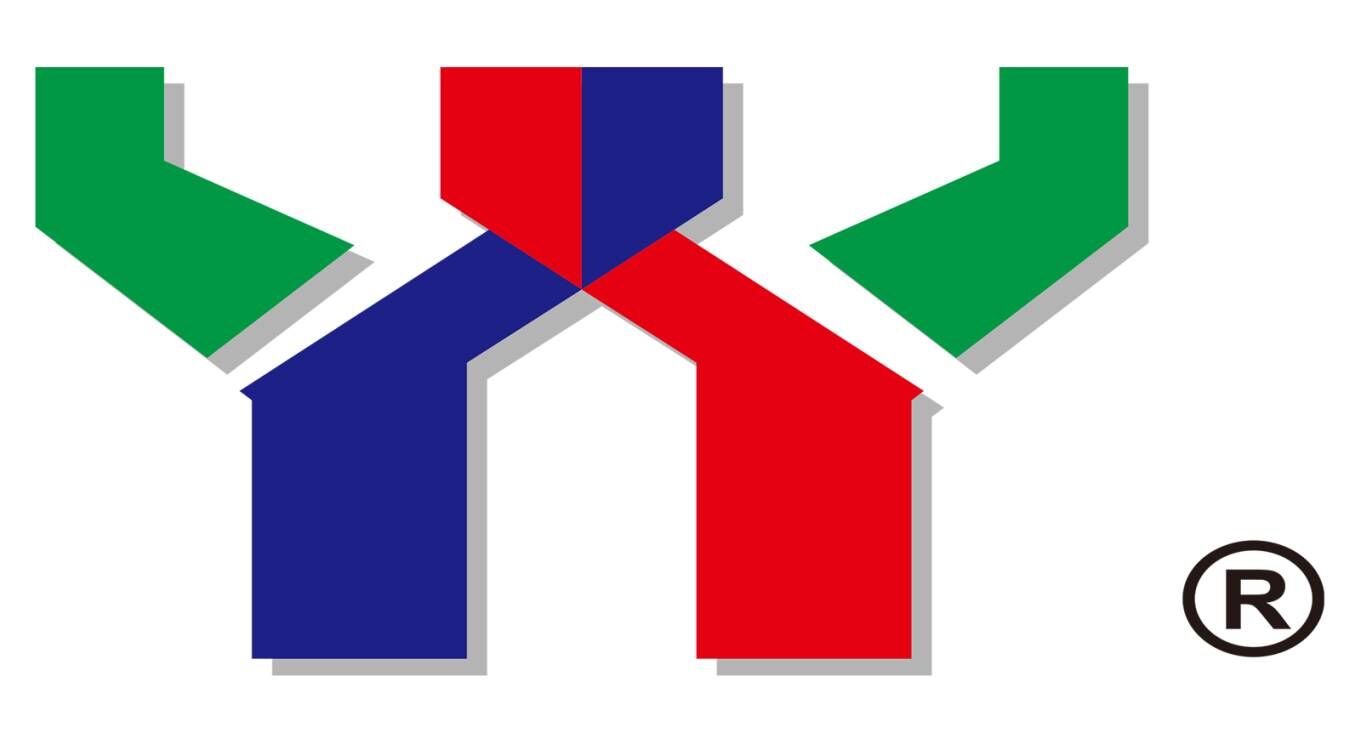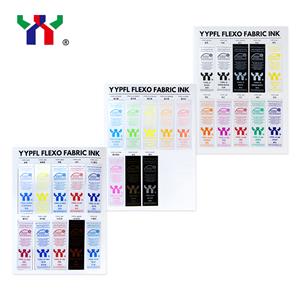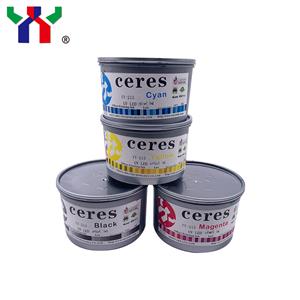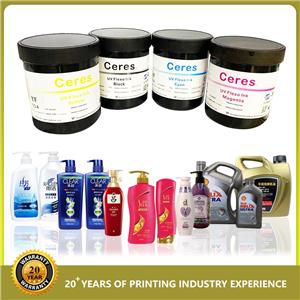New trends in the global can industry and ink development
Global Tank Wire Market Status
At present, there are more than 1,500 three-piece can factories in the world with metal plate printing equipment, and each can factory has an average of 3 printing machines. Typically, these three-piece can factory presses average 6,000 sheets/hour; some older presses run at 3,600 sheets/hour. The current KBA's latest color printing machine can reach 10,000 sheets/hour at the fastest speed, and the speed of Fuji and Queli can reach 7500 to 10,000 sheets/hour. However, the overall production speed of the general printing press is 5000-8000 sheets/hour. Usually the compound punch is very fast, so it must be equipped with better quality tinplate, rollers and all accessories.
There are about 5,000 metal plate printing presses in the world, and there are more single-color printing presses than multi-color printing presses. There are about 1,600 metal plate printing presses in China, accounting for 25% of the world's total metal plate printing presses.
In today's printing equipment market, brands such as KBA, Fuji and Corey are the main brands, followed by some printing presses produced in China and refurbished old printing presses imported from outside China. About 150 new printing presses are sold each year. In the metal packaging industry, 70% of UV inks are used each year, while 30% are still traditional inks.
The global distribution of two-piece can production lines, there are 41 two-piece can factories and 129 two-piece can production lines in the United States. It can be seen that the United States has the largest number of production lines, while China has the largest number of factories.
The world consumes about 200 billion aluminum cans every year to fill beer and soda, that is to say, an average of 6,700 aluminum cans are produced every second, and the aluminum cans produced every 17 hours can circle the earth.
The future trend of the two-piece can market will mainly start from the aspects of forming, digital printing, high-resolution images, bottle-shaped cans, special-shaped cans, etc.
At the same time, aluminum can recycling will also be an important direction for the future development of the two-piece can market. Half of the aluminum cans currently produced can be recycled, which means that 105 billion aluminum cans can be recycled each year. These recycled aluminum can make more than 70,000 Boeing 737 aircraft, which is equivalent to the existing Boeing 737. 10 times.
The future development trend of the can industry
Innovation is the selling point of packaging, and packaging is the selling point of products. A quality jar can not only capture the attention of consumers, but also give a brand a competitive advantage. Tanks of different sizes, shapes and designs can meet the individual needs of consumers. In the metal packaging industry, the development trend of cans in the future is particularly concerned, which is embodied in the following aspects:
Shaped tanks are more popular. At present, in the Chinese market, most of the aerosol cans, beverage cans and food cans are straight-wall cans. Relevant surveys have found that in the Asian market, many consumers will choose personalized special-shaped cans instead of monotonous straight-walled cans. Affected by consumer preferences, special-shaped cans with personalized packaging will surely become a trend in the future.
Easy to carry and open. Stretch cans are very common in Asia. Most of these cans are used for packaging of canned fish and meat. Such packaging printing mainly uses UV ink. Nowadays, most of these cans use easy-open lids, and basically no can openers are attached to the cans. Therefore, simple and convenient packaging is more popular.
Three-piece can to two-piece can. At present, coffee and juice cans mainly use three-piece cans. With the development of the packaging industry, compared with three-piece cans, the production cost of two-piece cans in packaging materials is lower. Reducing production costs plays a vital role in the development of enterprises, and it will also become a trend to switch from three-piece cans to two-piece cans in the future.
More focus on safety. With the improvement of people's living standards, food safety has received extensive attention. The migration of hazardous substances in metal packaging cans has now become an important part of food safety hazards. In the process of ink printing, the residues of harmful substances such as heavy metals, organic volatiles and solvents, and the contamination of microorganisms are widespread. In addition, bisphenol A is absolutely not available in the food packaging industry. INX said that none of the inks they produce does not contain bisphenol A and can be used with confidence. Therefore, in the future can industry, the safety of packaging materials will also become the focus of consumers' attention.
Flexible digital printing. In recent years, the demand for recognizability and personalization of packaging by brands has increased. Therefore, the demand for short-run printing will increase significantly, so there is also a higher demand for matching post-press varnishing and some other special post-press processes. requirements. These opportunities will further promote the development of digital printing in the field of metal packaging, enabling metal packaging printing enterprises to respond more quickly to the needs of specific customers.
The development trend of ink
In the future can making process, LED-UV curing will be a mainstream. Its specific advantages are as follows:
Compared with the UV lamp, the LED only needs 1/4 of its power consumption, which can save energy costs and greatly reduce carbon dioxide emissions; because the LED generates less heat, it has little thermal impact on the printing machine; LED light source components and UV light Compared with the lamp, the lifespan is about 12 times, the frequency of light source replacement is greatly reduced, and the equipment consumption will also be reduced; the LED can be turned on or off instantly, without the preheating and cooling time necessary for the UV lamp method, and the operation efficiency It is improved; the LED and related supporting devices are very compact, no need for large mechanical installation space and pipeline construction, and the setting is simpler and easier.
It can be seen that in the future, faster printing speed, clearer surface printing effect, high-speed can making, small changes in quantity, these changes have driven the continuous innovation of digital printing, new inks, can making technology and related technologies, processes and equipment .
LED-UV curing technology
LED-UV curing technology has the characteristics of constant light intensity, excellent temperature control, portable and environmental protection, relatively low procurement cost and almost zero maintenance cost, which has played a role in improving the quality of UV curing process and saving energy and reducing consumption. push.
Compared with the traditional UV curing equipment, the service life of the mercury lamp is only 800 hours to 3000 hours, and the service life of the UV LED UV curing system reaches 20,000 hours to 30,000 hours. The LED method can only light up instantaneously when ultraviolet rays are needed. When DUIY=1/5 (preparation time=5 irradiation time=1), the service life of the LED method is equivalent to 30 times to 40 times that of the mercury lamp method. Reduced bulb replacement time: increased productivity while also being very energy efficient. When the traditional mercury lamp curing equipment is working, due to the slow start of the mercury lamp and the influence of the opening and closing of the lamp life, it must be lit all the time, which not only causes unnecessary power consumption but also shortens the working life of the mercury lamp.
In recent years, the industry has developed LED-UV light sources. Due to lower energy consumption and higher curing efficiency, LED-UV curing technology composed of matching LED-UV inks is becoming a "new favorite" for printing companies to achieve energy saving and environmental protection.




